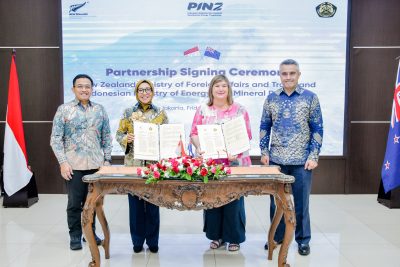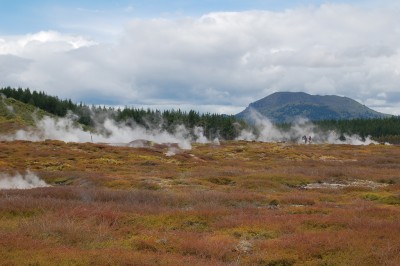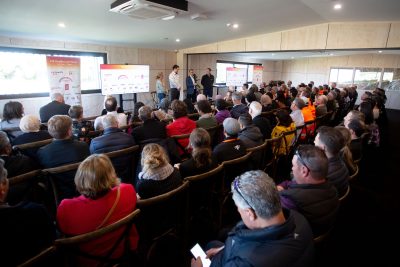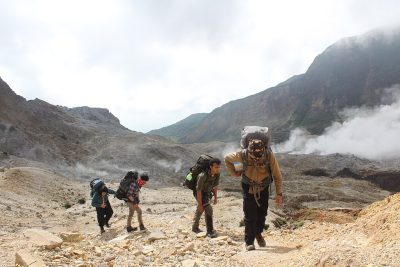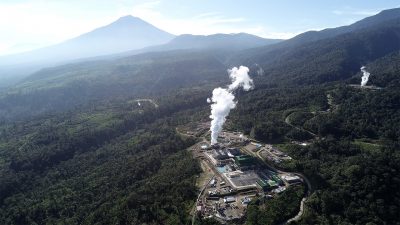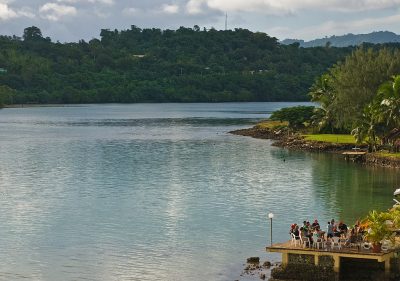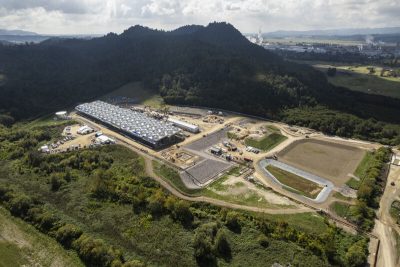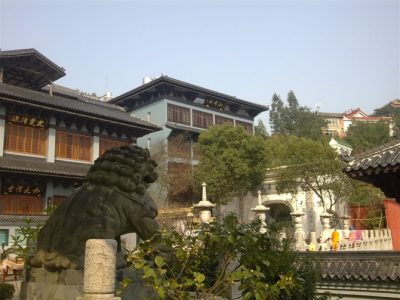Oita Prefecture in Japan publishes video series on local geothermal applications
A video series by the Oita Prefecture of Japan highlights the many applications of geothermal and the co-existence of power plants with small-scale industries.
The Oita Prefecture of Japan, through the Oita Asahi Broadcasting channel, has published a series of education and quite entertaining series of videos on geothermal energy with particular emphasis on its local applications. The entire video series (in Japanese) can be accessed via the following links:
- Part 1 – Is Oita a geothermal prefecture?
- Part 2 – Why is geothermal energy attracting attention?
- Part 3 – What is the difference between geothermal and hot springs?
- Part 4 – The hot relationship between geothermal energy and gourmet food
- Part 5 – What is the future of geothermal energy?
The video series goes through the basics of geothermal energy, the industries it has created in the Oita Prefecture, and what lies ahead for geothermal energy in the region. Oita Prefecture, part of the Japan’s Kyushu Island, is an interesting setting as it is one of the most well-known “onsen” or hot spring destinations. The city of Beppu, in particular, houses an extensive hot spring system and is also the site of intensive geothermal power development.
A segment of the video series focuses on the Hatchobaru Power Station, a 110-MW geothermal power plant operated by Kyuden Mirai. Unit 1 of Hatchobaru was commissioned back in 1977, and a second unit started operations in 1986. Today, Hatchobaru remains the largest geothermal power plant in Japan in terms of installed capacity.

An interesting part of the video series highlights “Jigoku Mushi,” a traditional Beppu cooking style that uses the natural steam from hot springs. Diners can select from a wide range of fresh food including seafood, sausages, chicken, and vegetables before it is placed inside a cooker connected to a natural geothermal vent. The mineral-infused steam adds a district flavor to the food, making this a unique and very novel use of geothermal steam.
Jigoku Mushi is offered by many restaurants and onsen facilities in the Oita Prefecture.
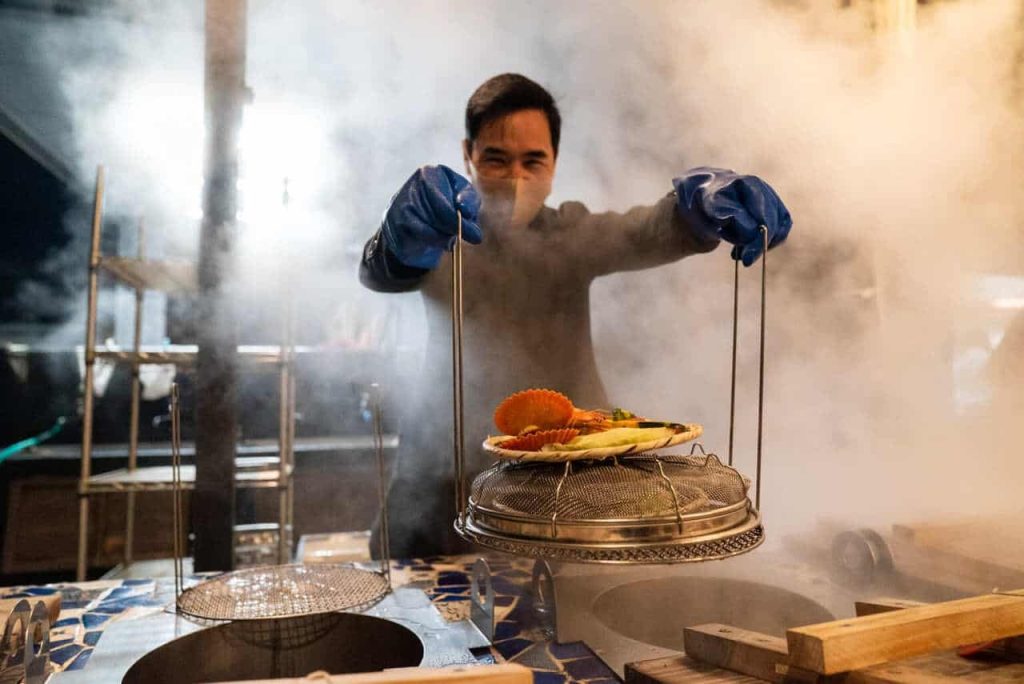
The video series also touches on the use of geothermal heating in greenhouses, the market for “Yunohana” or hot spring deposits, and the efforts to explore the use of geothermal power for green hydrogen production with valuable insights provided by geothermal experts at the Beppu University .
The Oita Prefecture presents a compelling case study on how geothermal power plants can co-exist harmoniously with traditional “hot spring” culture and other small-scale industries like agriculture, restaurants, and hot spring baths.









